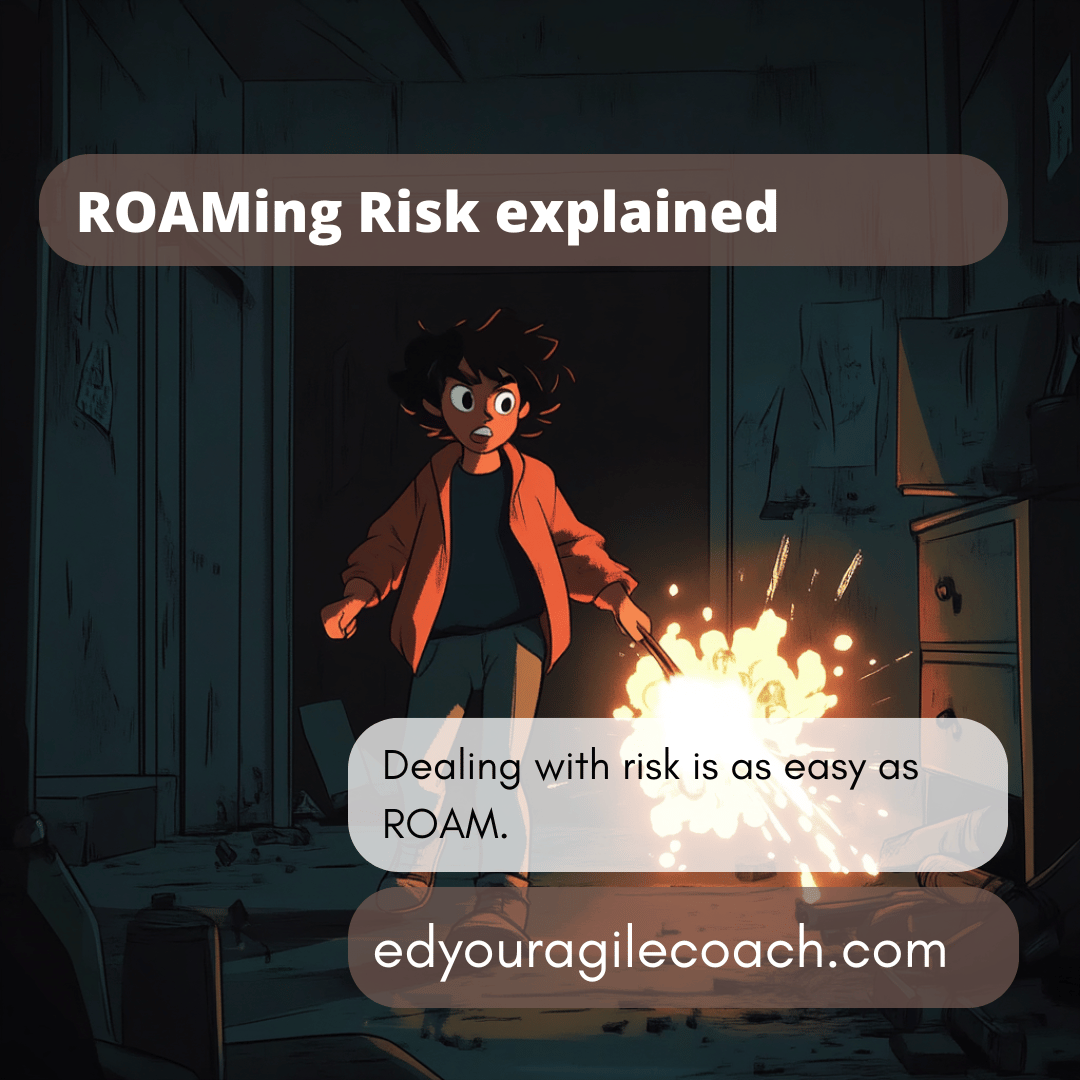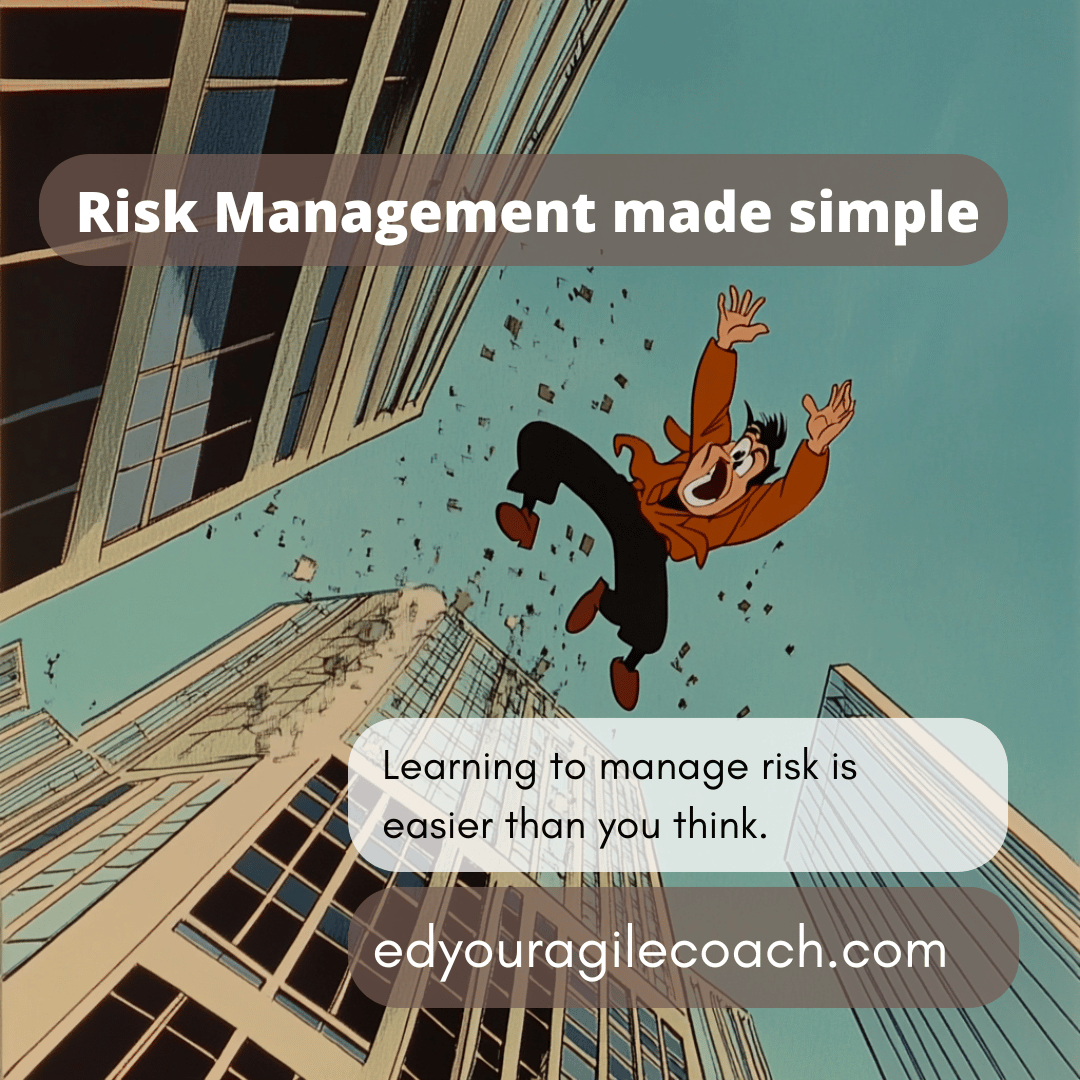Sprint planning is not hard.

An agile development team is like a stool with three legs: each team has a scrum master, a product owner, and the development team. The team practices the values of the Agile manifesto and the Agile development principles. The scrum guide outlines several rituals where the team plans and prepares for work on the next sprint. Efficiently running sprint planning can set up the team for success, and this week, I want to provide some tips on improving your sprint planning sessions.
As a product owner, I know that it helps to follow Roman Pichler's D.E.E.P. framework for a product backlog. Stories should be detailed, estimates, emergent, and prioritized. Sprint planning depends on correct prioritization to be successful. The product owner arranges the backlog from highest priority to lowest. All the bugs, stories, and spikes in the sprint should have a preference. The team takes those stories and adds them to an upcoming sprint. It is an ideal time for the development team to ask the product owner additional questions.
On a high-performing team, all of the backlog stories are estimated through a process I call backlog coaching and refinement. At this point, the team adds as many stories as necessary to keep the team busy for the sprint's timebox. If the team uses story points, you take the team's velocity and place that number of story points into the sprint. If you use a no-estimates approach, then add the total number of stories completed into the sprint. Either method will work, depending on the team.
Finally, sprint planning is the meeting facilitated by the product owner. Since the product owner is responsible for the backlog's health and what the team does next, they must explain user stories to the team and justify the work's priorities. It is also up to the product owner to respect the social compact of Agile. They must accept developers' timelines in exchange for the developers receiving the product owner's priorities.
The sprint planning session should be a collaborative meeting facilitated by the product owner to plan the work that needs to be done. Once finished, the team should have all the necessary information to have a successful sprint. It takes practice and obeying the D.E.E.P. framework for the backlog, but the team's efficiency will improve, which makes the struggle worth it.
Until next time.




Comments ()